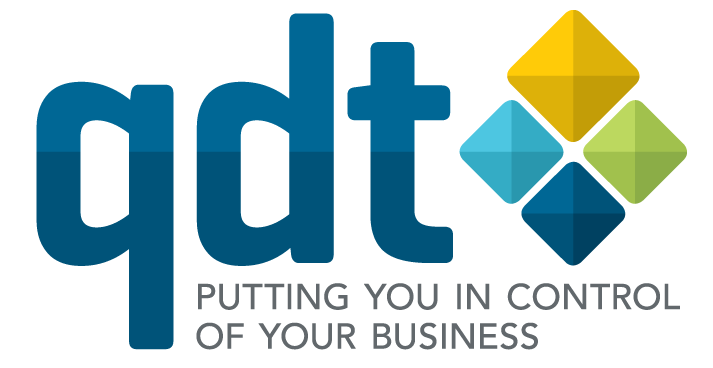Document types and how to organise them
Processes, procedures, work instructions – What is their purpose?
In this article we identify the different types of document in your procedure manual and explain their purpose and their relationship with each other.
Using our Shakespeare play analogy we can see the answer.
| Document | Business | Shakespeare play |
| Process | Business area, for example, Financial Management. Example | A act, containing several scenes |
| Procedure | A set of interacting activities by a number of roles that achieves a particular goal, for example, Manage Accounts Payable. Example | A scene in the play, where a number of roles advance some part of the plot |
| Work Instruction | A detailed set of steps that one role has to carry out as part of an activity in a procedure | A long speech by a role in the play |
| Information document | A set of information, explanations or rules that helps team members carry out the procedure | The location of the scene, props required, their positions, rules for the roles to follow, such as costume or mood |
Who wants to read these documents?
If you want to understand how the business works, look at the processes and then read the procedures.
Your team members will occasionally look at the procedure but normally go straight to the work instructions and information, where they can find out what they need to do.
Your table of contents
We sometimes find clients who have a great set of work instructions, but they have trouble working out how to organise them. The Shakespeare play analogy shows you a structure that is organic to your business. Organise it in 3 layers:
| Level 1 | The acts (business areas) |
| Level 2 within level 1 | The scenes (procedures, describing who communicates with whom) |
| Level 3 within level 2 | The speeches and scene requirements (work instructions and information) |
Navigation
With the table of contents as described you have an organic, logical navigation that someone who understands business can follow.
To support this we add:
- Launch pads—pages with handy links for different types of team member
- Full text search, so that anyone can find any word
- Glossary, to help people use the same words
Help
Like some help creating this for your business? Contact us!

